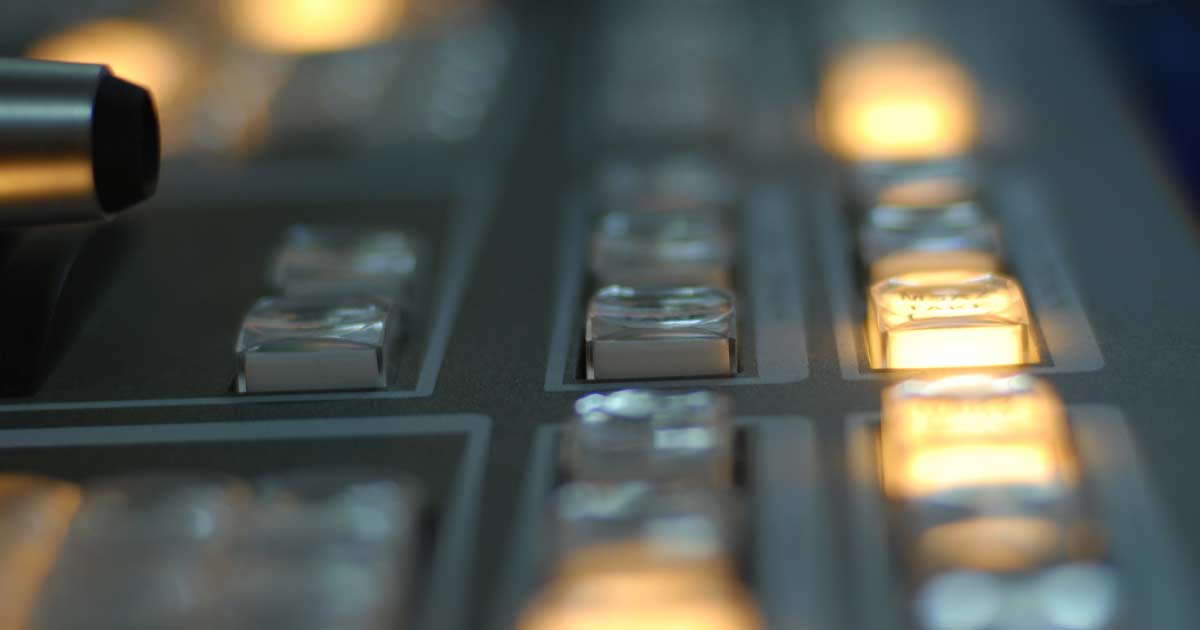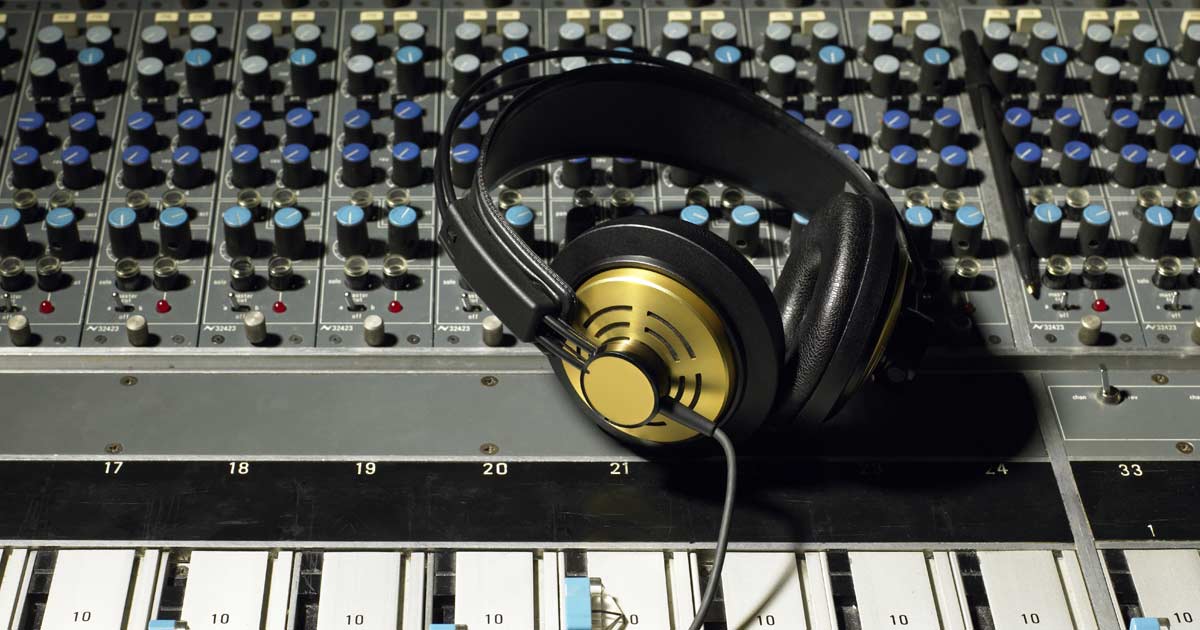This article is part four of a four-part series.
In part three of the series, we began to discuss the evidence that the physical masters are a significant asset to the owner by looking at the concept of remastering to keep up with current technology, and the future uses of the masters that may not be contemplated at the time of the recording. In this article, we consider the final considerations of this evidence by exploring the intrinsic value of the masters and the efforts undertaken to archive masters.
Intrinsic value of the masters
Evidence of the value in the physical master could come from an appraisal or what a collector would pay to acquire an out of copyright master.
For example, a fire destroyed a 22,320-square-foot warehouse containing a repository of some of the most historically significant material owned by Universal Music Group (UMG). The fire destroyed the masters for some of the greatest legends of music dating back to the 1940s. UMG disputed exactly which artists lost what, but the loss was reported to be insured for US$150 million. There is little value in owning the rights to the masters when the masters themselves have been destroyed.
The value in a physical master could come from an appraisal or what a collector would pay to acquire an out of copyright master, similar to other unique items like manuscripts, sports memorabilia, and artwork. Or, the master may have value as the only known copy of a work in existence. A master should retain value the day after the copyright expires.
Archiving masters to preserve value
As we have outlined in this series, it is understood that a poor quality master would have a correspondingly lower worth. Therefore, the proper storage of masters is an important part of ownership to maintain both the intrinsic value and the value in the associated copyright.
Unidisc provided evidence it has thousands of master tapes kept in large, secure, temperature controlled vaults to preserve the integrity of the magnetic tapes. Given the age of the tapes, they bake their masters before making a master copy, and the master copy is the only thing that leaves Unidisc’s place of business for the reproduction studio.
Unidisc is not the only company that archives their masters. Iron Mountain is a multi-billion dollar company that specializes in archiving. Iron Mountain frequently uses underground mines to offer both security and consistent temperatures that are ideal for the long-term storage of valuable items like masters. One such vault is in a former limestone mine in western Pennsylvania. Film, microfilm and microfiche are stored in sub-zero temperatures to preserve the film and avoid the “vinegar effect”, a chemical reaction that causes the film to get brittle, shrink and take on a pungent vinegar-like smell. That mine also contains its own studio capable of digitizing the libraries of master film and sound recordings. This is to avoid the risk that the originals are lost or damaged when shipping them to another facility.
Iron Mountain’s underground vault in Rosendale, New York contains the masters from Sony Music Entertainment and World Wrestling Entertainment’s video archive. Even the Library of Congress created a National Audiovisual Conservation Center within an old cold war emergency bunker.
Therefore, the major efforts undertaken to archive masters and to prevent a catastrophic loss suggests the masters have value aside from the rights.
Innovative techniques to salvage old tapes
Nevertheless, even when kept protected in archival storage, the quality of a tape can deteriorate over time because the physical medium itself may have degraded. As mentioned above, some tapes can get brittle and shrink.
Another issue with magnetic audio tape is that the binder used to make the tape gets sticky over time and can shed during playback, a phenomenon called “sticky shed syndrome”. This phenomenon was the subject of U.S. Patent 5,236,790, filed in 1989 and issued in 1993. The inventors describe a method of restoring magnetic recording media that have become unusable due to age and deterioration of the magnetic coating on the base film. They note this tape deterioration happens within seven years of their manufacture.
The inventors describe raising the temperature of the tape to at least 50°C for at least 3 hours with low humidity, but the best results are seen after 12-16 hours. This heat treatment is not said to be permanent because the tape will revert, but it permits a single transfer of the recording to a new, unimpaired media.
The U.S. Library of Congress describes using this technique with its roughly 200,000 audio tapes, including those from popular artists, Universal Music Group and NBC. Their research discovered that the treated tape, wound on reels, reverts to a visibly deteriorated condition within weeks.
NPR similarly bakes their 155,000 audio tapes archiving over 40 years of audio at 51°C for 8 hours. The baked tape is only good for a single play, which allows their librarians to archive the audio in a different digital format.
The time and money spent to archive, store and recover the physical masters and the research done to improve on those methods suggests that the originals have significant value.
Series takeaways
This article series considered the Québec Court of Appeal’s decision that a music master only has value in the copyright, not in the physical medium. The court’s view was that the value of music masters could be divided between the tangible and intangible, but the singular outcome was a result of the parties’ all-or-nothing litigation approach.
Therefore, it should not be automatically assumed that there is only value in the copyright. A future court may consider evidence like what has been described in this series to apportion a value and the Québec Court of Appeal was likely right, that value could be substantial.



